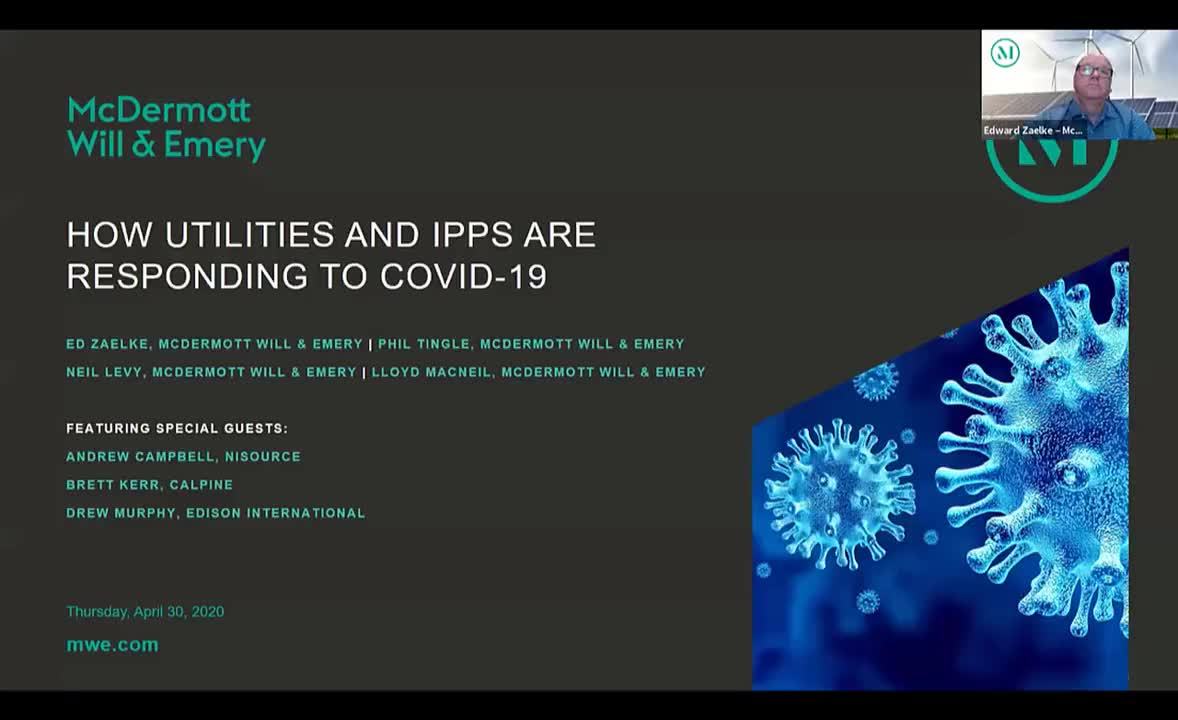Many energy companies may be driven into bankruptcy because of the COVID-19 pandemic. Third parties seeking to purchase those companies’ assets may be concerned about potential successor liability for the seller’s environmental obligations. This article highlights some steps that asset purchasers in bankruptcy can take to reduce the risk of such liability.
Successor liability exists under each of the major federal environmental laws. Four especially important statutes for energy companies are the Comprehensive Environmental Response, Compensation and Liability Act, or CERCLA, the Resource Conservation and Recovery Act, the Clean Water Act and the Clean Air Act.
read more

 Subscribe
Subscribe

